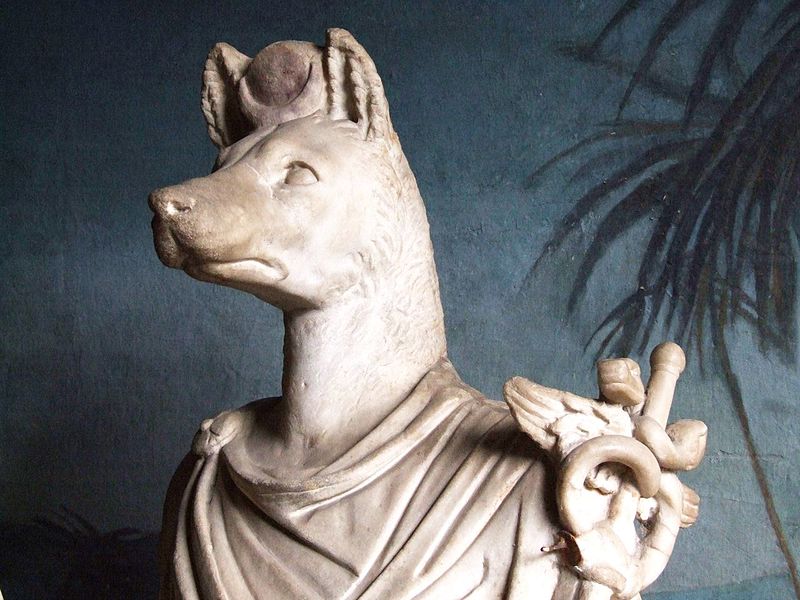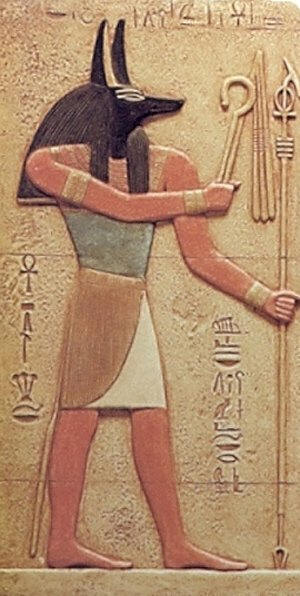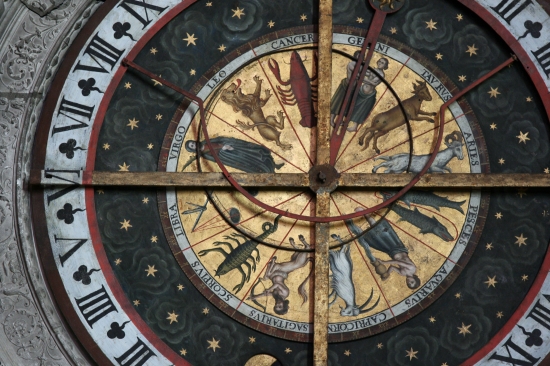Integral Post-Metaphysical Spirituality
Participatory Spirituality for the 21st Century
With the rise in our time of (integral) interspirituality, trans-lineage spiritual practice, "dual citizenship" religious allegiance, Polydoxy, and so on -- and with Sloterdijk's call in "God's Zeal" for a mature (not merely relativist) polyvalent understanding of transcendence, beyond monotheism -- I am wondering what totemic identity Integralists might embrace. Can we describe ourselves as spiritual magpies? This would seem to invite postmodern or post-colonialist criticism, and rightly so: the magpie is a notorious thief, a pilferer of whatever shiny objects it finds lying about in others' homes and yards, and from here it is no stretch to think of colonialists' raiding of other cultures for whatever baubles they can lift and hoard -- what Faber and Keller call the "piracy of an appropriative pluralism." And yet there is something charming and even venerable about the magpie as well: while a willful transgressor of boundaries, it is also a lover of beauty, wherever it is found, with a knack for gathering the most unlikely treasures and weaving them together into new, habitable spaces. Faber and Keller contrast interreligious piracy with polyphilia, a multiplicitous love and love of multiplicity, as that which "may better resist competition and colonization than mere ethical ecuminism." An integral approach, in this polydox register, is not a mere subsumptive inclusivism, but a perichoretic love which recognizes that "difference is ... inherently connective." It is a polyphilic sensibility, which both insists upon the sacredness of, and which amorously transgresses, the boundaries of identity and culture, in the interest of a "convivial polydoxy of living together mindfully and nourishingly." In this polydox We space, we are free to be dual or multiple religious citizens, or we may maintain primary allegiance with a single tradition -- but even in the latter case, we cannot help but be fecundated by one another. Our nests will be increasingly lined with treasures that Others' have wrought, which we have taken up into the dark and glittering spaces of our own generative (en)closures.
Tags:
Views: 1066
Replies to This Discussion
-
Permalink Reply by Edward theurj Berge on April 7, 2014 at 6:18am
-
Another possibility, though not as aesthetically pleasing, is the bottom feeding flounder. They take the left overs from all the others and therefrom make sustenance. Leftovers metaphorically might be the marginalized, what is left out or ignored, including the waste. The first image is his actual ugly mug, the second a more pleasant cartoon version. Perhaps the ugly is better to indicate this is not a pretty affair?
-
Permalink Reply by Edward theurj Berge on April 7, 2014 at 6:30am
-
Speaking of waste, I'm reminded of those that collect garbage and therewith make art objects. Like this page. One example: note the shadow. I like the metaphor of the shadow here being what is beautiful underneath the appearance of outward ugliness, the mysterious withdrawn.
-
Permalink Reply by Edward theurj Berge on April 7, 2014 at 7:04am
-
I'm also reminded of how this company transformed hate (under the guise of Christianity) into something positive.
-
Permalink Reply by Joseph Camosy on April 7, 2014 at 8:41am
-
Permalink Reply by Layman Pascal on April 7, 2014 at 9:53am
-
I don't identify with the "notorious, thieving magpie". Although I do come from a bird clan on my Mother's Side they seem to be unreliable, fickle, pointy things... feathered dinosaurs. A certain warmth is lacking in birds whether they be adorable, raptorous or goofy.
A much better totem, in my opinion, is the one anciently used by polydox Illuminati cults in Europe and the Middle East: bees.
The HIVE unites bees which make their own journeys. They pass from flower to flower, gathering and intermingling all kinds of nourishing pollen, becoming laden, applying special procedures to their experiential mixtures in order to produce sweet, golden "honey" which causes the whole world to rejoice.
-
Permalink Reply by Balder on April 7, 2014 at 10:00am
-
Ah, yes, I like the bees as well, and in fact just this morning was thinking of the Dzogchen saying which invokes identification with three animals: bees, which gather the nectar of teachings from far and wide; deer, who retire to quiet corners of the forest to digest what they have consumed; and lions, who roam without fear in the world.
However, I was also hoping you'd like the magpie reference -- since I was deliberately taking a somewhat dislikable and shallow totem and hoping to rehabilitate its associations, and since you also have a fondness for unscrupulous wags...
-
Permalink Reply by Balder on April 7, 2014 at 10:08am
-
In any event, I think we probably can and should ally with a whole host of totemic beings...as we are already doing here...
-
Permalink Reply by Balder on April 7, 2014 at 10:26am
-
David Miller, on FB, posted this video to show me the ecumenical nature of magpies:
-
Permalink Reply by Joseph Camosy on April 7, 2014 at 10:27am
-
A whole host of totemic beings such as?
The Ram, the Bull, the Twins, the Crab, the Lion, the Virgin, the Scales, the Scorpion, The Centaur, The Goat, the Man, the Fishes. A Polydoxic vision of all of these totemic creatures and animals circumambulating around some mysterious and hidden center. E Pluribus Unum.
Zodiac Clock, Chartres Cathedral, France
In any event, I think we probably can and should ally with a whole host of totemic beings...as we are already doing here...
-
Permalink Reply by Edward theurj Berge on April 7, 2014 at 10:31am
-
Speaking of hives, and consonant with Rifkin's collaborative commons, I'm reminded of the Borg. It's an interesting contemporary totem given our actual hybrid fusion with tech, as our nervous systems have been altered by using the internet, computers, games, etc. The Borg ship is also of interest to those of us fond of cubes. 7 of 9 might be its human hybrid totem.
-
Permalink Reply by Edward theurj Berge on April 7, 2014 at 10:39am
-
Permalink Reply by Joseph Camosy on April 7, 2014 at 10:50am
-
The difference between the Borg and an enlightened community serving the common good is that the Borg never formed a strong separate ego to begin with. There's no strong and hidden core of individuality in the Borg, there's only an outer shell (group conformist persona). Only a strong ego consciously choosing to unite with others for the common good (while still retaining their individuality) can hope to foster liberation rather than enslavement.
A cube of only outer surfaces is but a half a cube, and as such is a symbol of enslavement. In the symbollism below, "The Devil" is perched on a half-cube.
Does internet and computer game use foster independent thinking or conformity thinking?
About
This group is for anyone interested in exploring these questions and tracing out the horizons of an integral post-metaphysical spirituality.
Notice to Visitors
At the moment, this site is at full membership capacity and we are not admitting new members. We are still getting new membership applications, however, so I am considering upgrading to the next level, which will allow for more members to join. In the meantime, all discussions are open for viewing and we hope you will read and enjoy the content here.
© 2025 Created by Balder.
Powered by
![]()



